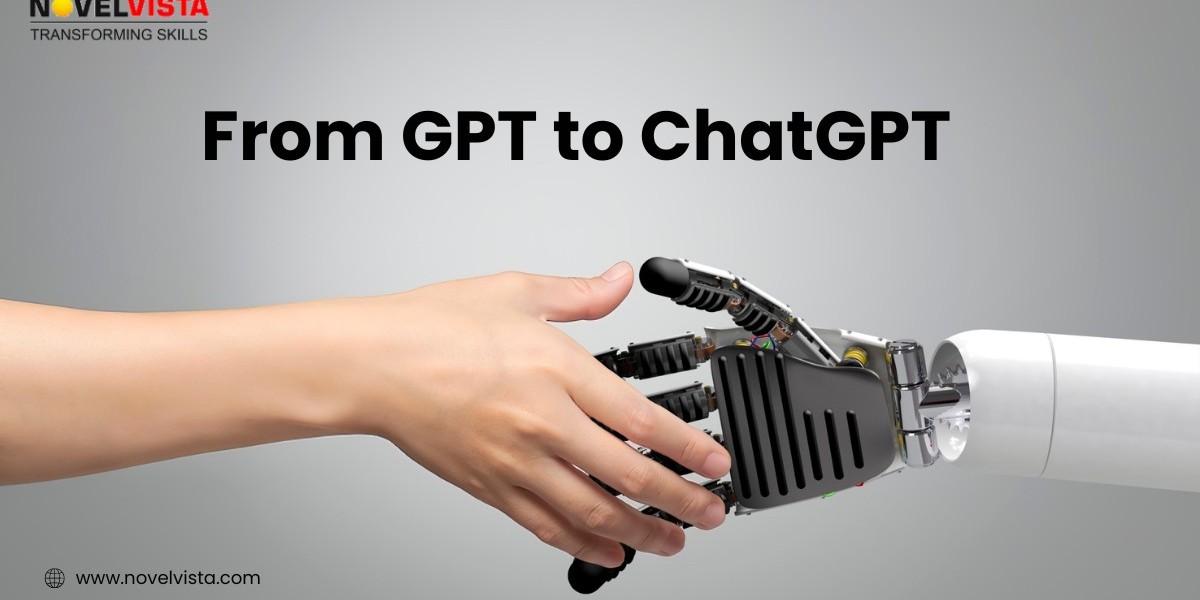The rise of artificial intelligence (AI) in recent years has been nothing short of extraordinary. Among the most impressive developments is OpenAI’s series of language models, from the original Generative Pre-trained Transformer (GPT) to today’s ChatGPT. These models have rapidly evolved, reaching levels of fluency and coherence that often leave readers wondering: "Was this written by a human?"
But how exactly did we get here? And what makes AI like ChatGPT capable of writing so convincingly like a person? Let’s break it down.
What Is GPT?
GPT stands for Generative Pre-trained Transformer. At its core, it’s a type of machine learning model designed to understand and generate human-like text. The “transformer” part refers to a neural network architecture introduced by Google in 2017 that revolutionized natural language processing (NLP). It’s powerful because it can consider the context of every word in a sentence or paragraph—something earlier models struggled to do well.
GPT is “pre-trained” on massive amounts of text from books, websites, and other sources. This helps the model learn patterns in grammar, facts about the world, and even styles of writing.
The Leap to ChatGPT
While GPT could generate text given a prompt, it wasn’t designed for conversation. That’s where ChatGPT comes in.
ChatGPT builds on the GPT foundation (like GPT-3.5 or GPT-4) but is fine-tuned specifically for dialogue. It's trained using a method called Reinforcement Learning from Human Feedback (RLHF), where human reviewers rank and guide responses. This helps the AI learn not just what could be said, but what should be said in a given context.
The result? A chatbot that’s not only fluent, but helpful, polite, and surprisingly insightful.
What Makes ChatGPT Sound Human?
Several key features contribute to ChatGPT’s human-like writing:
1. Context Awareness
ChatGPT keeps track of the conversation. It doesn’t just respond to the latest sentence—it remembers what was said earlier, allowing for continuity and relevance.
2. Stylistic Flexibility
It can switch tones effortlessly. Want formal academic writing? Done. Casual text message? No problem. Poem, tweet, legal memo? Just ask.
3. Grammar and Vocabulary Mastery
Decades of grammar rules and stylistic patterns are baked into its training. It rarely makes obvious spelling or grammatical errors.
4. Common Sense and World Knowledge
While it doesn’t “understand” facts the way humans do, it has read enough to make connections that often resemble common sense reasoning.
Limitations: It’s Still Not Human
Despite the remarkable output, ChatGPT isn’t truly “intelligent.” It doesn’t think, feel, or understand in a human way. It generates responses based on probability, not lived experience.
It can also:
· Make factual errors
· “Hallucinate” information (confidently present incorrect facts)
· Struggle with deep reasoning or highly specialized knowledge
· Reflect biases present in training data
Understanding these limits is key to using ChatGPT responsibly.
Why This Matters
The ability of AI to write like a human has real-world implications:
In Education: As students use tools like ChatGPT, teachers must rethink assessments and focus on critical thinking.
In Business: AI can draft emails, generate reports, or even code, saving time and boosting productivity.
In Creativity: Writers, marketers, and designers use AI for brainstorming, first drafts, and idea generation.
But with great power comes great responsibility. Ethical questions around authorship, misinformation, and job displacement are already part of the conversation.
Gain in-demand skills and validate your expertise in AI with a Generative AI certification designed for the future of innovation
The Future of Human-AI Writing
We’re entering an era where the line between human and machine-written text blurs. AI won’t replace human writers—but it will become a powerful collaborator. As the technology improves, our role as humans will shift from creators to curators and editors, guiding AI to bring ideas to life.
In Summary:
From GPT to ChatGPT, the evolution of AI writing has been rapid and remarkable. These tools write like humans not because they understand us, but because they’ve learned from us. With thoughtful use, they can augment our creativity, boost productivity, and help us communicate better—together.







